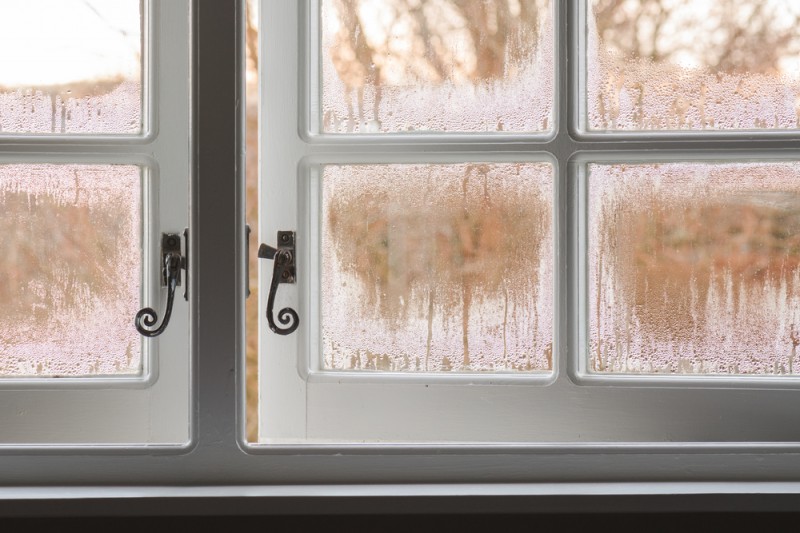
If allowed to enter your home unchecked, dampness can cause untold damage to your property, possessions, and even to your health. Dampness can be expensive to remove, and at the very least, causes an unpleasant and lingering musty smell.
Condensation is just one form of dampness but it is the most common and often most ignored. During summer, your guard is down. How can my house be affected by condensation when it is a problem typically associated with cold weather?
The truth is that condensation can be caused by changing temperatures that occur within your household, and not just outside of it. Kitchens, bathrooms, and attics are more susceptible to this problem due to there being higher chances of steam or inadequate ventilation in these rooms.
So before your condensation issue escalates into a full-blown black mould problem, we have a few recommendations for you that can keep your home, health, and happiness better protected.
Know the signs
Nip your condensation problem in the bud by keeping an eye out for:
- Excess water on your window sills
- Peeling paint or plaster
- Mould on clothes or fabrics
- Musty smells
- Presence of black mould
Unfortunately, by the time that some condensation warning signs are discernible, the damage can already be quite extensive, and that’s why it’s best to take a preventative rather than a reactive approach.
Our suggestions
When facing difficulties with condensation, good ventilation is key.
Give your house plenty of room to breathe. Leave small gaps between your furniture and walls, don’t cram too much into too tight of a space – as air will not be able to circulate efficiently – and hang wet laundry outside.
It is essential that your kitchen is properly ventilated whilst you are cooking! Cover pots and pans, and make use of your extractor fan. Don’t have one? Invest now and save yourself a bigger bill later on. It’s also important to have properly ventilated washing machines and tumble dryers.
If able, close your kitchen door when cooking or boiling a kettle. This may seem excessive but it will stop condensation spreading from room to room.
As for your bathroom, keep your windows open during and after baths or showers. Again, invest in an extractor fan if you have a windowless bathroom. Mould growth will thrive in this environment, and without proper bathroom ventilation, you risk breathing in these harmful spores.
Say no to condensation
Whether you are trying to sell your house, or simply live in it, condensation must be dealt with before the problem progresses beyond your control.
Ventilate your home following our suggestions and provide a cleaner, healthier environment for yourself and your household.



